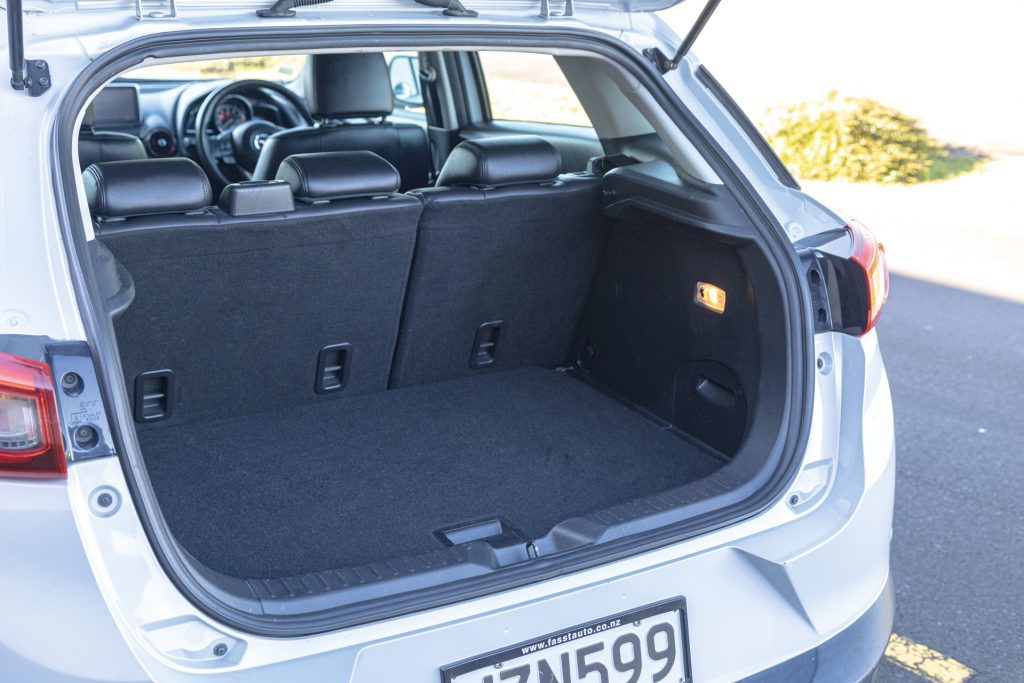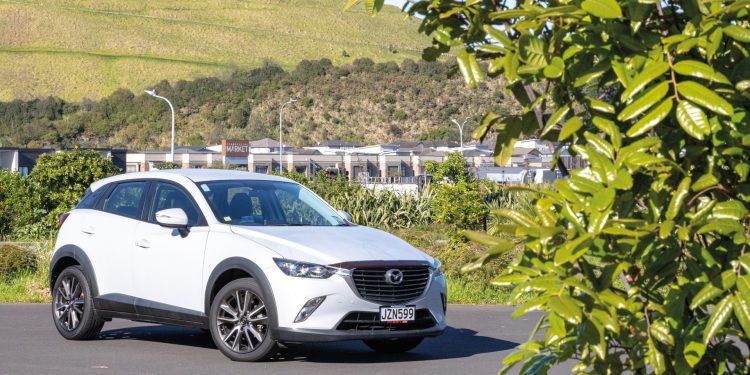2015–2023 Mazda CX-3 – ReView
Words: Richard Edwards | Photos: Alex Schultz
The Mazda CX-3 is a small SUV that’s long been a popular choice for buyers wanting the height and style of an SUV without the size, weight, or fuel bills. It blends sharp styling, a high-quality interior, and a chassis that feels more like a hatchback than a crossover.
In Japan, the CX-3 launched in 2015 with a choice of 1.5-litre petrol and diesel engines, with the diesel replaced by a 1.8-litre from 2018. The 2.0-litre petrol option was also available there and is the main engine for New Zealand-new examples. All use either a six-speed automatic or six-speed manual and come in front- or all-wheel drive.
Who is it for?
The CX-3 is aimed at singles, couples, and small families who want something easy to park, yet with a raised driving position. It works well for urban commuting and light touring, and its styling appeals to those wanting something sportier than the typical small SUV. Space in the rear is limited compared with some rivals, so regular adult passengers in the back may find it tight. Boot space is modest at 264L, but the low load height and split-fold rear seats make it practical enough for everyday tasks.

What is it like?
Handling is a strong point. The CX-3 feels agile and confident, thanks to its light weight and well-sorted chassis. Ride quality is firm but controlled, and road noise is well suppressed in later models. When NZ Autocar drove a GSX in 2018, we noted that Mazda had improved cabin refinement with thicker glass and additional sound insulation, while also tweaking the suspension and steering for a sharper drive.
The 2.0-litre Skyactiv-G petrol produces 110kW and 198Nm, giving a 0–100 km/h time of just under nine seconds. It’s a naturally aspirated engine so there’s no turbo lag, and it works well with the six-speed auto.
Fuel use for the 2.0-litre sits at around 6.4L/100 km in real-world driving. AWD versions offer added security in poor weather without a major fuel penalty.
Inside, materials and finish are high quality for the class, with a simple layout and a mix of rotary-dial infotainment control and touchscreen operation. Higher trims add leather, heated seats, and head-up display. The MZD Connect infotainment system is functional but dated by modern standards.
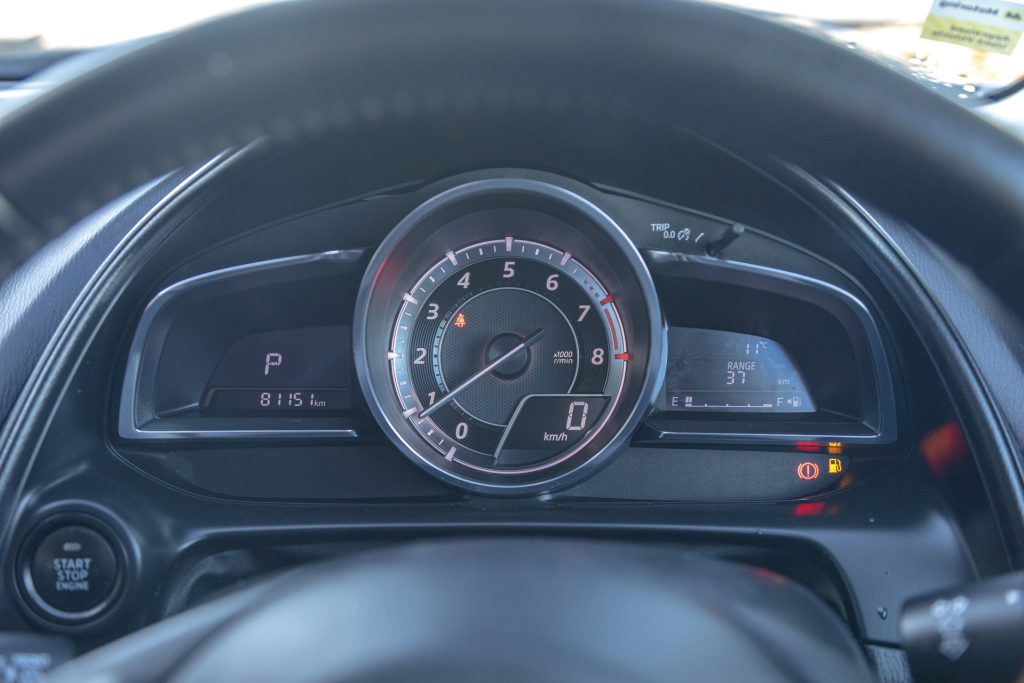
What are the options?
New Zealand-new cars were mainly sold in GLX, GSX, and SP25 or SP20 trims. GLX is the base, GSX adds more comfort and safety features, and SP models bring leather, larger wheels, and extra tech. AWD was optional on GSX and SP trims.
Japanese imports add more variety, with engine choices including the 1.5-litre petrol and diesel, plus unique trim packages. Facelifts in 2018 and 2021 brought exterior updates, interior refinements and, in some cases, additional driver-assist technology such as adaptive cruise and lane-keep assist.
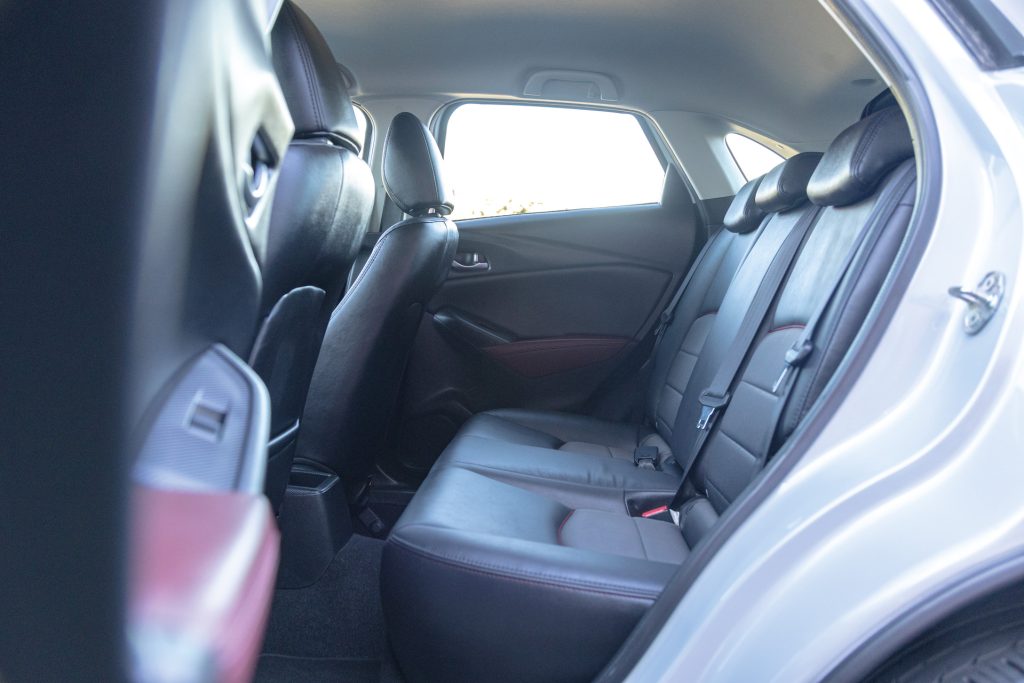
What should I look out for?
The CX-3 is generally reliable, with the 2.0-litre petrol and six-speed auto praised for durability. Minor issues reported overseas include AC compressor seal leaks and infotainment glitches.
Diesel versions, however, require extra caution. The 1.5-litre and 1.8-litre units share some design elements with Mazda’s larger 2.2-litre diesel, which has gained a poor reputation in the trade for costly failures. While the 1.8-litre is regarded as less troublesome, all CX-3 diesels are best avoided unless you can secure strong warranty coverage. The petrol versions are efficient enough for most buyers, making them the safer long-term choice.
Check for even tyre wear on AWD models, and ensure any Japanese import has all required NZ compliance and airbag systems intact.
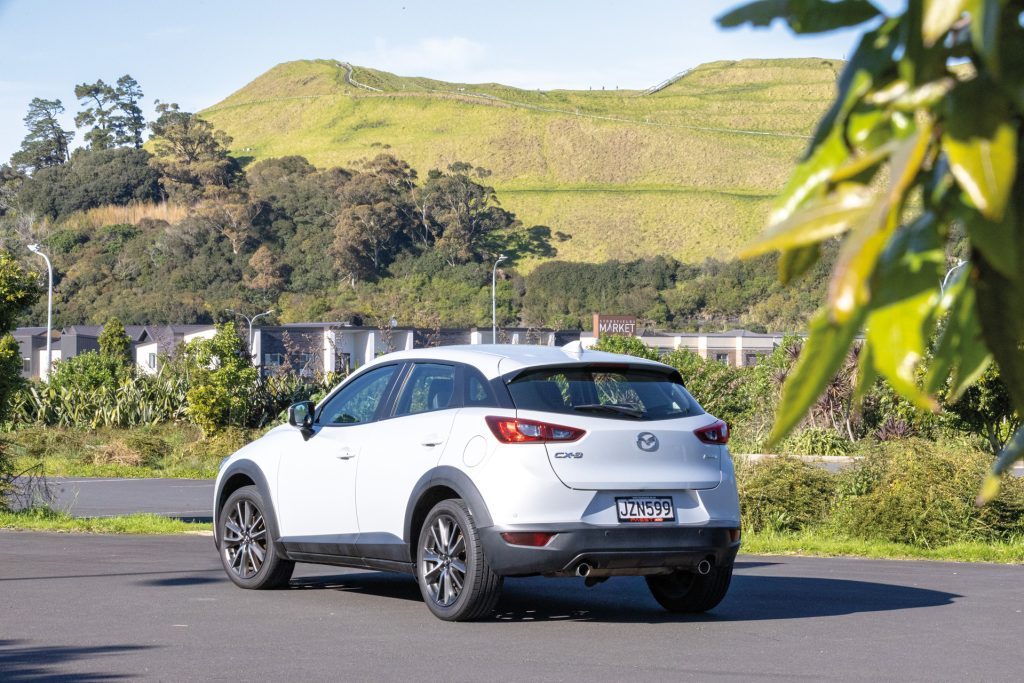
What else should I consider?
Alternatives include the Honda HR-V (more rear seat and boot space), Toyota C-HR (more distinctive styling and hybrid option), and Nissan Juke (quirky looks, varied spec). The CX-3’s edge is its engaging drive and premium feel in a small package.
What should I pay?
NZ-new (2.0-litre petrol)
Dealer pricing:
2015–2017: $18,000–$22,000
2018–2020: $22,000–$28,000
2021–2023: $28,000–$35,000
Private sale pricing:
2015–2017: $15,000–$19,00
2018–2020: $19,000–$24,000
2021–2023: $25,000–$31,000
Japanese import (1.5-litre petrol or diesel)
Dealer pricing:
2015–2017: $14,000–$18,000
2018–2020: $18,000–$23,000
2021–2023: $23,000–$29,000
Private sale pricing:
2015–2017: $12,000–$16,000
2018–2020: $15,000–$20,000
2021–2023: $20,000–$26,000
SP20/SP25 and AWD models command a premium. Low-km cars with later facelifts, full service history, and additional safety tech are the most desirable.
The Mazda CX-3 offers sharp looks, rewarding handling, and a quality cabin in a compact, easy-to-live-with package. Choose the right trim and engine, and it will serve reliably for years while still making the daily drive enjoyable.
Thanks to Fasst Auto for the loan of the CX-3. Find more of their cars at www.fasstauto.co.nz
